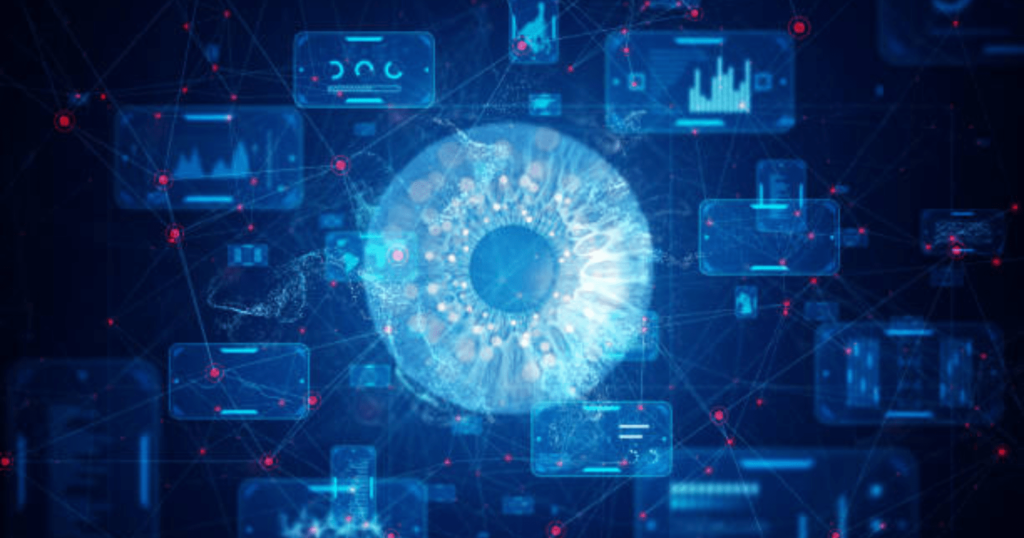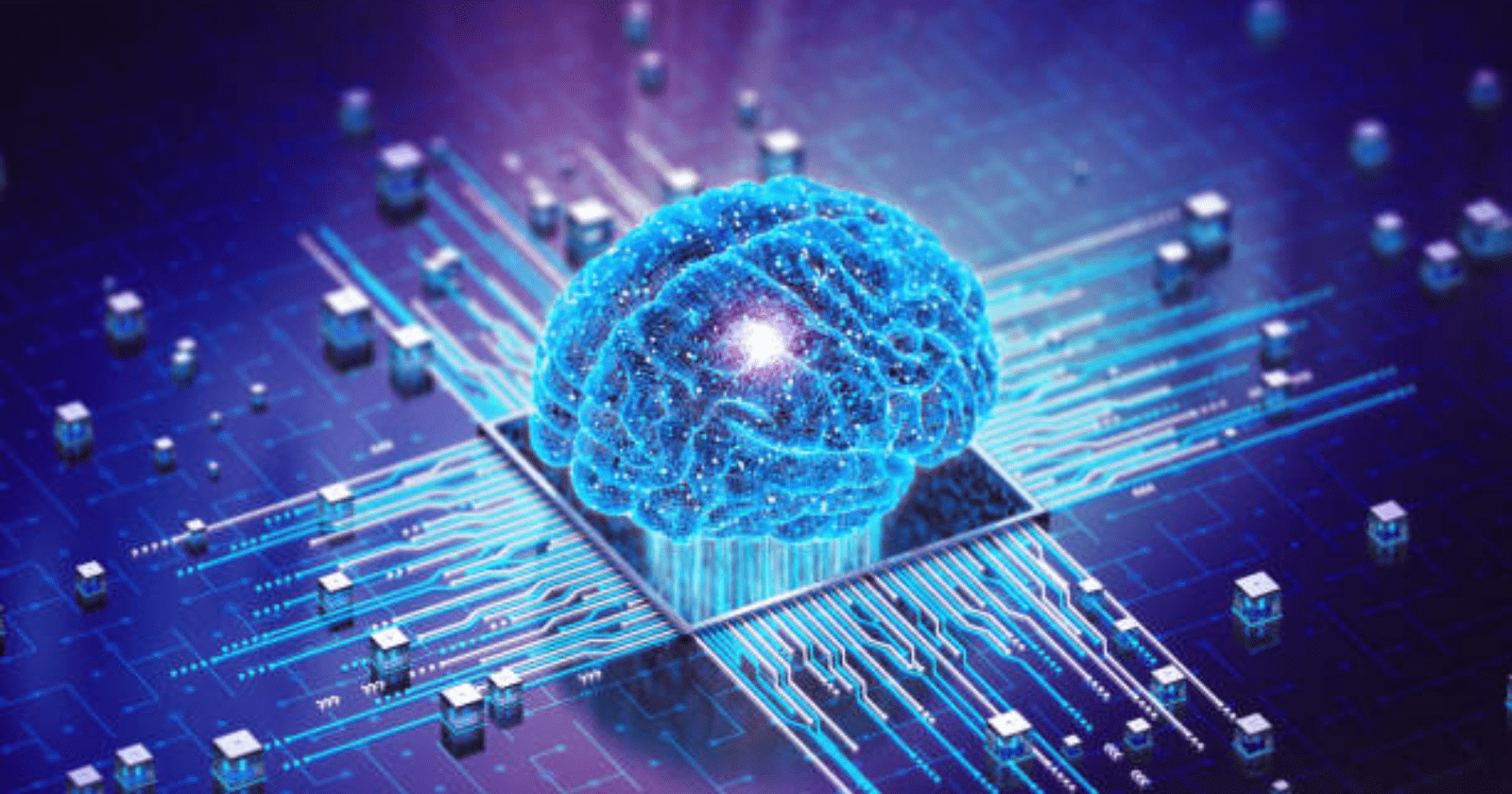What is the most advanced form of Artificial Intelligence: Artificial Intelligence (AI) permeates every aspect of our lives, from the eerie correct grammatical suggestions on your phone to the movie selections that seem to fit your tastes without explanation. But with all the excitement, one would naturally ask, what is the most sophisticated kind of AI now in use?
What is the most advanced form of Artificial Intelligence
There isn’t a single “most advanced” AI, in actuality. AI research is full with amazing methods, each with unique abilities. Here are a few of the leading candidates:
- Deep Learning: Consider a computer programme that, like an exceptionally talented pupil, learns by doing. Deep learning tackles difficult problems like image identification (imagine being able to recognise your face in a snapshot) and even medical diagnosis using artificial neural networks, which are inspired by the human brain.
- Natural Language Processing (NLP): Have you ever had a conversation with an unexpectedly human-like chatbot? That’s the application of NLP! Natural language processing (NLP) enables computers to comprehend and interpret human language, enabling applications such as machine translation and the well-known virtual assistants.
- Robotics: This is a popular choice. AI and engineering are combined in robotics to produce devices that can move and communicate with their surroundings. Robotics is bringing the future to life, from friendly droids in your house to industrial robots on factory floors.
What is the most advanced AI chatbot
These days, chatbots can answer any of your queries, including those concerning grocery shopping and booking vacation. You may be wondering, however, which chatbot is the most sophisticated given so many alternatives.
The problem is that there isn’t a single, obvious victor. AI chatbots have individual strengths, much as sportsmen. Here is a summary of some of the leading candidates:

- The Brainiacs: These chatbots are exceptionally accurate with facts. Consider them to be super librarians. They use sophisticated algorithms and vast volumes of data to provide you with concise, enlightening answers to your queries. One example is the Microsoft Bing chatbot, which is able to do online searches for you depending on the topics you are discussing.
- The Smooth Talkers: The focus of these chatbots is dialogue. They interpret your meaning using natural language processing (NLP) and reply in a manner that seems appropriate. Just picture yourself conversing with a buddy who is very knowledgeable! Examples include chatbots like Socratic, which engages students in a back-and-forth conversation to assist with homework.
- The Experts: Certain chatbots are very task-focused. They may not be the greatest in their field, but they can certainly answer any question. Customer care chatbots, for example, may resolve your inquiries on a particular item or service and even assist with simple troubleshooting.
What is the highest level of AI?
The area of artificial intelligence (AI) is developing at an astonishing rate.
It went from being able to identify cats in photos to being able to operate a vehicle, compose music, and even contribute to this essay. Where does it stop, then?
The AI Levels: A Brief Synopsis
Let’s dissect AI into its component parts to better grasp its possible limitations:
- Weak AI, or narrow AI, is all we currently have. AI programs designed to be very good at one thing, like making movie recommendations or playing chess.
- The pinnacle of artificial intelligence is artificial general intelligence, or AGI. An AI that is hypothetically as intelligent as a person and has the capacity to comprehend, acquire, and apply information in a variety of contexts.
- The concept of Artificial Superintelligence (ASI) is very hypothetical. An artificial intelligence (AI) that is infinitely more intelligent than humans, perhaps producing unpredictable results.
What is the maximum IQ of AI?
IQ is a difficult metric for AI
Perhaps you’ve heard about AI programs defeating people in challenging video games like chess. It is reasonable to ask, therefore: Is it possible to gauge their intellect using the same IQ scale as humans?
In a nutshell, not really.
- IQ stands for intelligence quotient. It is a test used to evaluate a person’s capacity for thinking, problem-solving, and spatial awareness.
- These are sophisticated skills involving our perception of reality, feelings, and experiences.
- AI is distinct: Even the most sophisticated forms of AI are task-specific. Even if it may excel at such things beyond reason, it does not necessarily have the same level of “general intelligence” as a person.
What does this imply, then?
Even though AI cannot be given a fixed IQ, we may compare its performance to humans in certain domains. An AI that defeats a world champion chess player, for instance, is obviously amazing, but it doesn’t necessarily indicate that it is “smarter” than a human in every aspect.
Artificial Intelligence’s future
As artificial intelligence advances, we’ll probably discover new metrics to assess its performance. However, at the moment, use IQ to compare AI to human intellect is like to comparing apples and oranges. Instead of attempting to shoehorn AI into a measurement that is centered on humans, it is more beneficial to concentrate on what AI can do and how it can aid us.
Types of Artificial Intelligence with examples
These days, artificial intelligence (AI) is all the rage. It’s everywhere—from the spell check on your phone to the navigation software that helps you find your way home! But with all of this discussion about AI, you may be wondering, what are these various kinds of AI precisely, and how do they impact our lives?
Friend, do not be afraid! AI is not some enigmatic code. Here is a summary of the most prevalent forms of artificial intelligence, presented in a more digestible manner than a robot takeover:
- The Brainy Bunch: Machine Learning – Envision a computer programme that becomes more intelligent with continued usage. Machine learning is that! These programmes may learn to recognise patterns and provide predictions by analysing data. Examples include email spam filters or suggested films on streaming platforms.
- The Mimics: Narrow AI – This kind of AI resembles a champion with a specific goal in mind. It is really good at one thing, like playing chess or identifying people in pictures. Many of the AI services we use on a daily basis, like as email spam filters and face recognition on phones, are powered by narrow AI.
- The Subjects Who Obey: Skilled Automation Consider them as rulebook-equipped, supercharged calculators. Expert systems handle issues in certain fields by using preprogrammed knowledge. An expert system in medicine, for instance, might assist physicians in making symptom-based medical diagnoses.
- Introducing Natural Language Processing (NLP) – The Social Butterflies Did you ever converse with a chatbot that seemed very human? That’s application of NLP! Computers that use this kind of AI are able to comprehend and process human language. It is used in anything from virtual assistants who respond to your inquiries to machine translation.
- The AI that we see in science fiction films is called Artificial General Intelligence (AGI), it refers to machines that possess human-like thinking and learning abilities. Even if AGI isn’t currently available, scientists are still investigating it. Suppose an AI that is capable of doing every cerebral task that a human can!
